In all the said places and colonies to be yielded and restored by the most Christian King [Louis XIV], in pursuance of this treaty, the subjects of the said King may have liberty to remove themselves, within a year, to any other place. . . But those who are willing to remain there, and to be subject to the kingdom of Great Britain, are to enjoy the free exercise of their religion, according to the usage of the Church of Rome, as far as the laws of Great Britain do allow the same.
Treaty of Utrecht, 1713
To take issue with the specifics of Historica Heritage Minutes—which are now so ingrained in Canadian culture—is truly a matter of shooting fish in a barrel, as they are short and by necessity incomplete. They may be seen as a way of interesting non-scholars and enjoining them to explore a given subject in greater depth. Of course, few do so, and because the Minutes cover iconic moments in Canadian history, their ultimate effect is simply to reinforce certain national myths.
So it is with the Acadian Deportation. This specific Minute is problematic in three particularly important ways, I would argue. The British intrude suddenly; that the Acadians had been living peaceably and well (by eighteenth-century standards) for decades under British rule goes unmentioned; and the primary concern in the Deportation appears to be interest in land. Those three points persist in our popular historical imagination and if they have some kernel of truth, they are, well, by necessity incomplete.
Whether the Acadians would remain in Nova Scotia as British subjects was not an issue born of the 1750s. In 1713, Britain took control of what today is mainland Nova Scotia; Cape Breton and l’Ile Saint-Jean (Prince Edward Island) remained under French rule; and much of what we know as New Brunswick was disputed, if with little actual struggle, by these two European powers. By virtue of the treaty, as stated in the epigraph, the Acadians now under British rule were given a clear choice: either removing themselves to French dominions or entering the condition of British subjects.
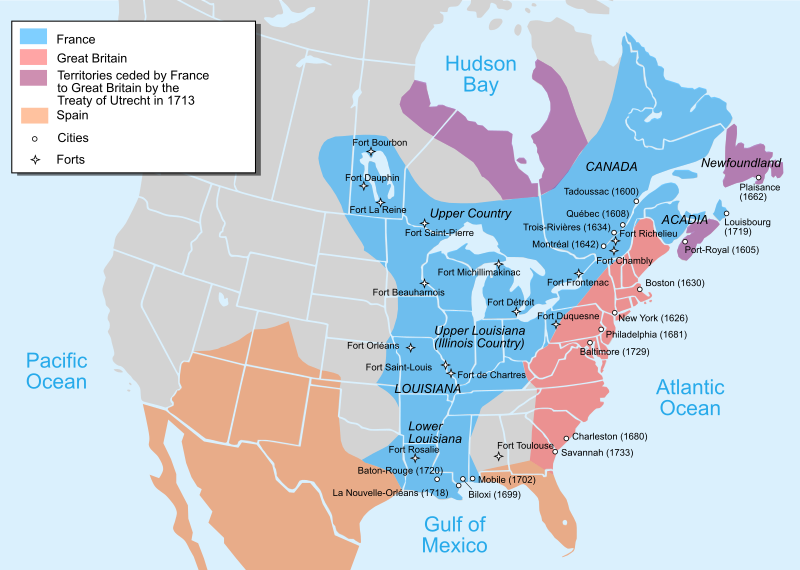
That a British subject had certain obligations was made clear recurrently in the decades to come with the issue of the oath of allegiance—an oath that was frequently put to the Acadians in one form or another. In nearly all of its incarnations it demanded that the Acadians bear arms when called upon by the Crown and British authorities. “Those who won’t conform themselves to the laws of any government don’t deserve its protection,” would later write Lawrence Armstrong, the colonial administrator. No matter: it is quite clear that most Acadians decided to stay put and to reject the oath.
And so it remained. Why? First, though this was nominally a British colony, there was little to suggest that beyond a lean administration and small garrison at Annapolis Royal. Seven years after the Treaty of Utrecht, Governor Richard Philipps complained,
I find this country in no likelihood of being settled under the King’s obedience upon the footing it is, and therefore it is necessary that the Government at home exert itself a little, and be at some extraordinary expense, for this has been hitherto no more than a mock government: its authority having never yet extended beyond cannon reach of this fort.
Second, leniency regarding the oath owes partly to the fact that the British authorities saw some benefit to Acadians remaining on their lands. For one thing, the “mock government” needed the foodstuffs grown and provided by the Acadians. There were also strategic reasons. As one administrator stated as early as 1714,
There being none but French, and Indians (excepting the garrison) settled in those parts; and as they have intermarried, with the Indians [Mi’kmaq], by which and their being of one religion, they have a mighty influence upon them. So it is not to be doubted, but they will carry along with them to [French-ruled] Cape Breton both the Indians and their trade, which is very considerable.
So their skill in the fishery, as well as the cultivating of the soil, must inevitably make that island . . . at once the most powerful colony, the French have in America, and of the greatest danger and damage to all the British colonies as well as the universal trade of Great Britain.
It will entirely strip that colony [British-ruled Nova Scotia], of the above cattle of all sorts, and reduce it to its primitive state; To replenish which at the same rate . . . at a moderate computation of freight, only for the transportation of such a number of black cattle, and a proportionable number of sheep and hogs, will cost above forty thousand pounds.
Other documents suggest that in the colonial authorities’ view, the Acadian presence would help to deter Native attacks on future British settlements.
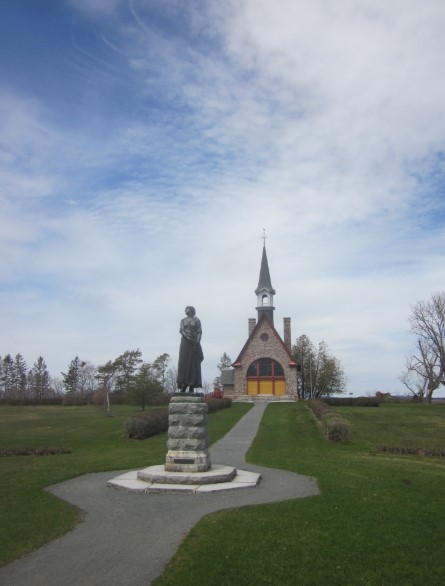
The government’s leniency extended to politics. Acadians were represented in Annapolis and later Halifax through deputies. Armstrong was even willing to let them nominate justices of the peace and lower magistrates; in time, he thought, the bond between rulers and ruled might be solidified and the Acadians might be offered formal representation and be taxed.
It is tempting to look at later (nineteenth-century) developments and attribute to Philipps, Armstrong, and others assimilatory motives. Certainly, we should not discount the power of prejudice, present as it still is in 2020. But the Acadians could, by virtue of the treaty, still practice their Roman Catholic faith and the British welcomed priests so long as they did not engage in politics or become fomenters of discord. Whereas post-1685 France and much of Europe were still laboring under the principle of cujus regio ejus religio, Britain did make allowances at this time for minority faiths.
If this was a quiet, settled, and peaceful society between 1713 and 1744, we should not forget that the original inhabitants of this land were also actors in the drama playing out between Acadians and their overlords. From their correspondence, it seems the British believed the Acadians to be enjoying close and friendly relations with the Mi’kmaq—almost a single community by virtue of intermarriage, religious ties, and shared commercial interests. That perception is still very much with us today.
By violent and tragic North American standards, those relations were relatively positive. But the case is easily overstated. After 1713, many Mi’kmaq bands continued to transact with French colonial power based at Louisbourg, which had much more to offer them than the dispersed Acadian farming communities farther south. Historian William Wicken explains Acadians and Mi’kmaq had different economic interests; that became apparent in conflicts over land and in allegations that Native bands were stealing and killing cattle. (After the 1680s, evidence of intermarriage becomes quite scarce.)
What’s more, from the 1720s to the 1750s, the Acadians continually complained to the British that if they were to take the oath of allegiance, the “Indians” who were in the service of France would sweep in and massacre them.
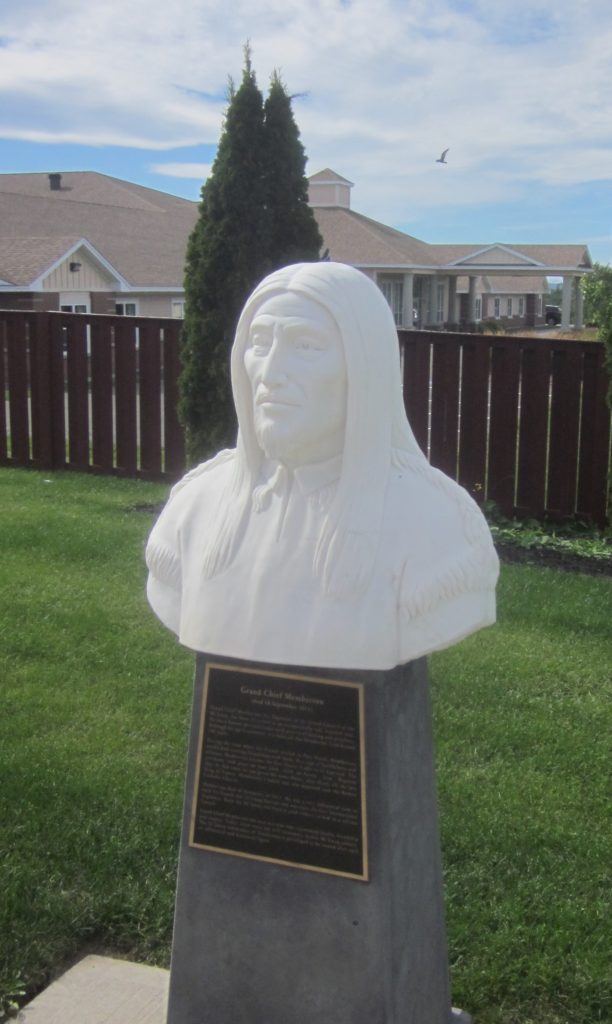
Three decades of peace were broken in 1744. Known in the Anglo-American world as King George’s War, this conflict tested Acadians’ position of neutrality. When a French force ordered the Acadians of the Minas Basin to provide supplies and support its maneuvers, Acadian delegates responded that “[w]e live under a mild and tranquil government, and we have all good reason to be faithful to it. We hope therefore, that you will have the goodness not to separate us from it; and that you will grant us the favour not to plunge us into utter misery.” Neutral they indeed were.
The community made it through King George’s War largely unscathed, but its political position was increasingly untenable. It is fashionable (if inaccurate) to state that George Washington ignited a world war on the Virginia frontier in the 1750s; closer to the truth is the sheer absence of peace or security in Acadia between the treaty of 1748 and the beginning of the French and Indian War in 1754.
Louisbourg had fallen to the British in 1745; it reverted to French control by treaty in 1748. From briefly dominating the Maritime colonies and the Gulf of St. Lawrence, Britain was again threatened with French power. Both sides responded with renewed interest and investment in the broad area we now know as New Brunswick, Nova Scotia, and Prince Edward Island.
The British founded Halifax and landed thousands of emigrants over the course of several years. The French fortified the disputed region around the isthmus of Chignecto (the boundary of present-day New Brunswick and Nova Scotia). Pressed in this imperial vise, a number of Acadian families began to relocate to seemingly safer areas, l’Ile Saint-Jean, for instance. Detecting hints of collaboration—through provisions—between the French at Chignecto and the Acadians, the British exerted increasing pressure on the latter. Nothing but the unconditional oath would do.
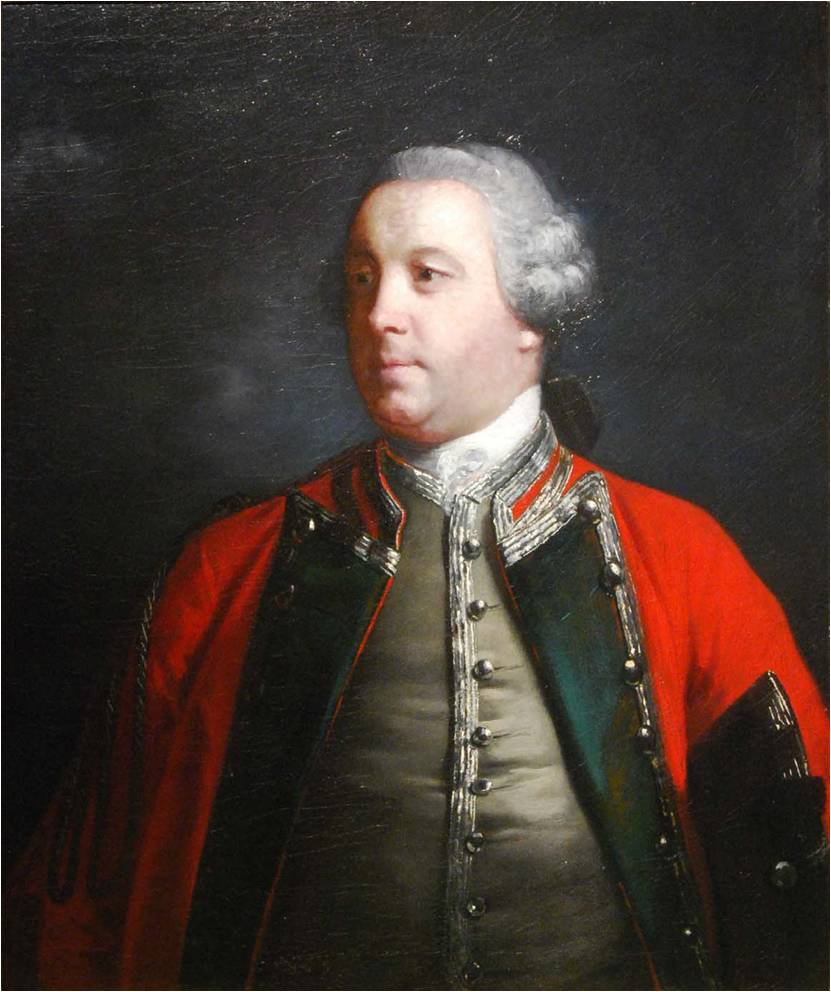
And yet, Governor Edward Cornwallis was still, in 1750, five years before the beginning of the deportation, trying to keep the Acadians from leaving. To their deputies, he declared,
We are well aware of your industry and your temperance, and that you are not addicted to any vice or debauchery. This province is your country; you or your fathers have cultivated it; naturally you ought yourselves to enjoy the fruits of your labour. Such was the design of the king our master. You know that we have followed his orders. You know that we have done everything to secure to you not only the occupation of your lands, but the ownership of them forever. We have given you also every possible assurance of the enjoyment of your religion, and the free and public exercise of the Roman Catholic religion…
That sweet talk hid the fact that Cornwallis feared that Acadians would reinforce French colonial settlements and forts—taking up arms for the enemy and carrying their moveable property and commerce, as they might have done in 1713-1714, over to the French. Cornwallis set guidelines limiting Acadian movements.
This, of course, seems paradoxical in light of the infamous order issued by Charles Lawrence, one of Cornwallis’s successors, in the summer of 1755:
After mature consideration, it was unanimously agreed that, to prevent as much as possible their attempting to return and molest the [English] settlers that may be set down on their lands, it would be most proper to send them to be distributed amongst the several colonies on the continent, and that a sufficient number of vessels should be hired with all possible expedition for that purpose.
This order has been read and remembered—as suggests the Heritage Minute—as a land grab by the avaricious British. Of course, it is explicitly about the “molestation” of English settlers (a military threat at a time of escalating tensions), and historical precedents indicate that the British needed to keep Acadians from the French lines. In a time of war, when Nova Scotia was still a relatively weak colony, the apparent existential threat posed by an alliance of French, Acadians, and Mi’kmaq was more immediate than the costly work of settling Anglo-American colonists.
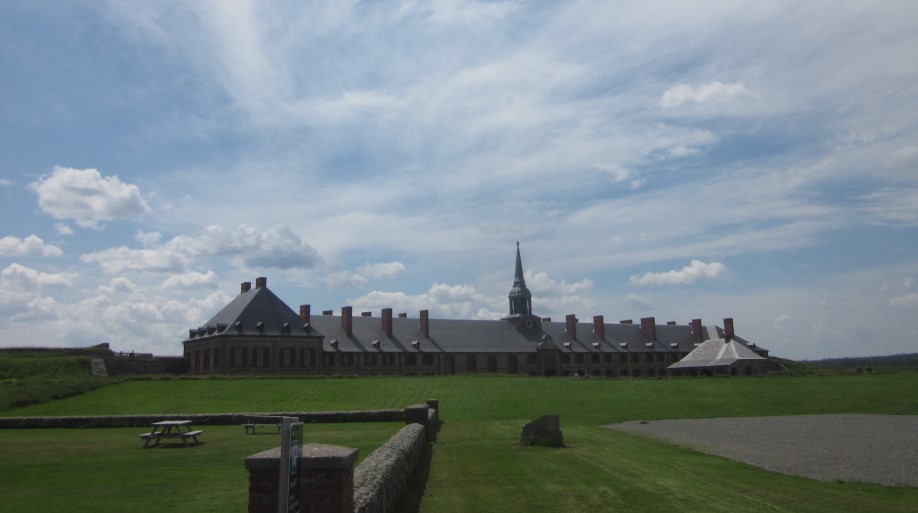
Or so it was among the leading figures in colonial Nova Scotia. The long-time governor of Massachusetts, William Shirley, had different ideas. In the 1740s, Shirley formulated his “Great Plan,” which projected the establishment of 6,000 settlers in Nova Scotia, which would no doubt entail the displacement of Acadian communities, after the war. Tellingly, a third of those settlers would be demobilized soldiers—so they would be compensated for their service. Shirley’s designs are understandable in that Massachusetts bore a great deal of the burden (financially and otherwise) for the defense of British possessions and military operations during King George’s War and the Seven Years’ War. Shirley had disproportionate influence in Nova Scotia. Still, the fact that the now-vacated lands were only advertised in Boston after the fall of Louisbourg, three years after the beginning of the deportation, says something of colonial preoccupations.
None of the above diminishes the horrors of the Acadian Deportation—the displacement and death of thousands, the trauma borne by survivors. Still, with additional context, we can think more critically about the events. For instance, it is plausible that without the reversion of Louisbourg to France in 1748 or signs of French aggression in the early 1750s, the Acadians would have been able to remain in mainland Nova Scotia—or gradually emigrated to other lands in accordance with Cornwallis’s guidelines.
All of that is speculative, of course, but it helps to remind us that the Acadian Deportation was a last-ditch measure—following forty years of attempted accommodation—in a context of heightened imperial rivalries. The Acadians were agents of a political settlement and ultimately victims of these rivalries.
Sources
Aside from the Treaty of Utrecht, which is easily accessible online, the primary texts quoted above appear in Thomas B. Akins, ed., Selections from the Public Documents of the Province of Nova Scotia: Papers Relating to the Acadian French 1714-1755 and Papers Relating to the Forcible Removal of the Acadian French from Nova Scotia, 1755-1768 (Halifax, Charles Annand, 1869). That collection is reproduced on the Nova Scotia Archives website.
For a brief, scholarly overview of Acadian history, see Caroline-Isabelle Caron’s Canadian Historical Association booklet. As always, the Dictionary of Canadian Biography is an excellent resource for further information on individual figures, including British officials, Catholic priests, and, exceptionally, some leading Acadians. The academic journal Acadiensis is a treasure trove of research, with too many excellent articles on Acadians to mention here. I have written about valuable historical resources on this blog.
Such a tragedy. Their descendants should be compensated for those who perishef
Historical Heritage in a minute?!? Such an oxymoronic concept. It was OK when I was 13 years old and didn’t understand social organization and culture. Our world is so much more complicated and certainly history is too. Thank you for exposing the complexity of the Acadian situation over a period of time because no snapshot of one moment can capture the full story. Every nation and every people have the myths they live by, unfortunately most are not true but at least serve to unify. Acadians in peaceful bliss until 1755? Americans fighting for freedom in 1776? The South fought the Civil War for state’s rights? Unifying but false and damaging. Thanks for depth.
Pingback: This week’s crème de la crème — October 24, 2020 | Genealogy à la carte